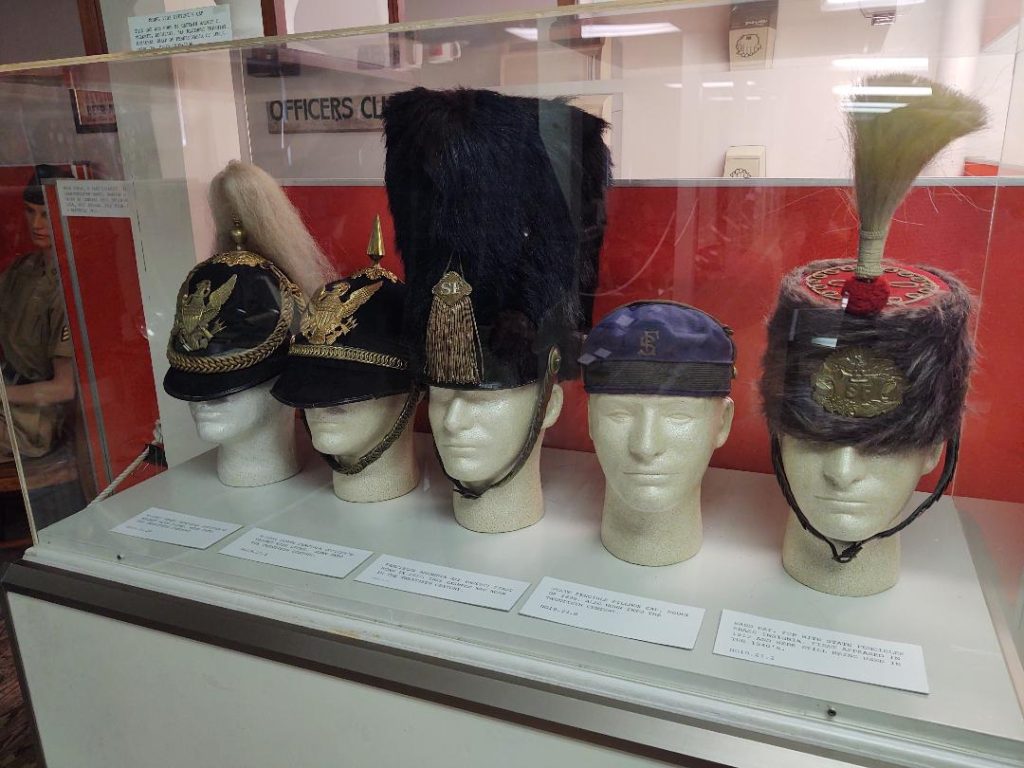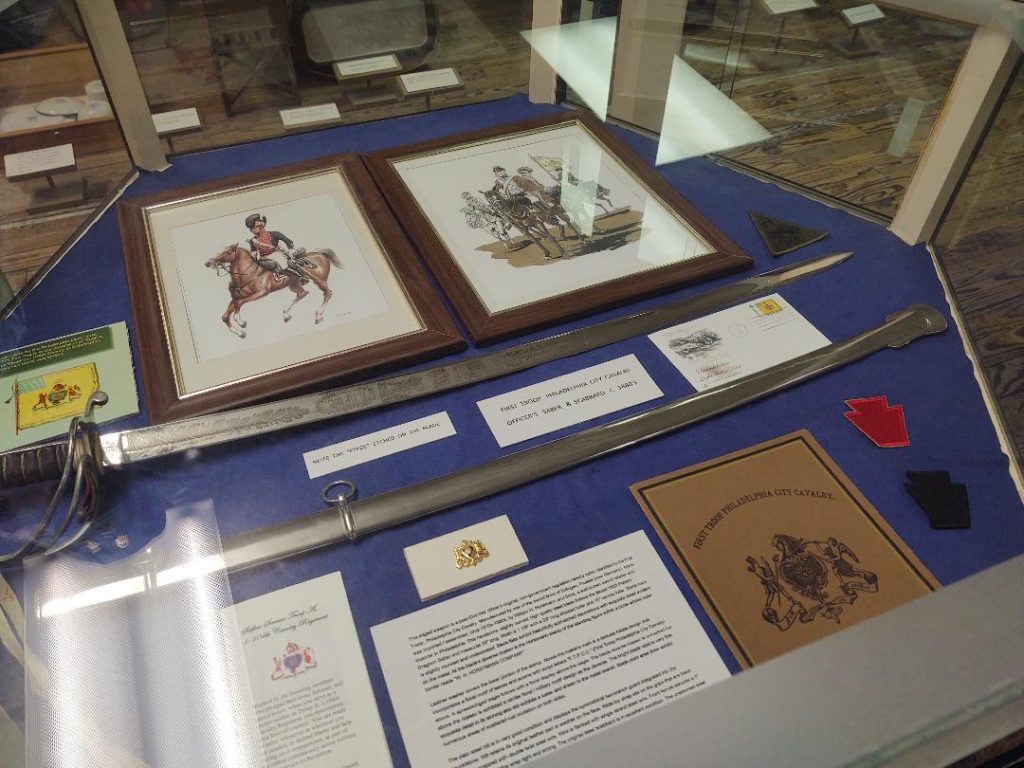ECW Weekender: The Pennsylvania National Guard Military Museum
When you first approach the museum a Pennsylvania-made three inch ordnance gun stands outside to greet you. Cast in 1861, the cannon was deployed at Harrisburg during the 1863 Confederate invasion of the state. Behind it is a World War II era jeep, illustrating how the museum itself covers a large timeframe, from the Civil War through the modern era.

Housed in a 1941 barracks building, the Pennsylvania National Guard Military Museum is located at Fort Indiantown Gap, the largest military installation in the state. The museum traces the history of Pennsylvania’s military from the end of the Civil War through current conflicts.
In many ways it is an old school museum, which I love. There are no high tech or interactive exhibits, rather you will find glass cases with artifacts and mannequins displaying uniforms and gear. Weapons, helmets, flags, and equipment are tucked into every corner. At every turn there is something fascinating to discover, and the variety and items are outstanding. It is bursting at the seams with fascinating stuff.

Pennsylvania’s National Guard traces its origins to 1870, when the state overhauled its militia system. As was happening with other states in this time period, there was an effort to professionalize the existing militia systems and better integrate them and prepare them for federal service when needed. The term National Guard was eventually adopted by all states.

The exhibits include several Civil War items and even earlier artifacts, but most of the displays cover Spanish-American, World War I, World War II, and Gulf War topics. It is a great place to learn about how the Civil War era military evolved into the modern National Guard.

Fort Indiantown Gap was established in 1931, and was greatly expanded when World War II broke out. Located just twenty miles from the state capital at Harrisburg, the museum sits literally one mile off Interstate 81. Hours vary and visitors do have to pass through a security checkpoint, so check the website to verify times and security protocol. If you are passing through central Pennsylvania it is worth a visit. Plus, there’s a good brewery literally right outside the gate (Yes, I just had to check it out).

The “evolving” of local militias into the National Guard was one of the worst mistakes made in our history. At the time of the revolution, and up until and during much of the civil war, militias were at the county level, in that each county had its own militia. In the case of Virginia, those county militias took part in the Revolution (and numerous conflicts prior to the revolution), the War of 1812, and the Civil War. Many Virginia county militias evolved into specific numbered Virginia Confederate units, or companies in units. For example, the 9th Virginia Cavalry Regiment was made up of the militias of the Northern Neck of Virginia, with men from each county making up the individual companies in the regiment. This was good because it kept some military power, or at least military power that could be a check on Federal or even state power, at the local level and required the local participation of all or many men of the county. The militias also required its members to keep and maintain weapons and ammunition. It was a truly organic, participatory institution. Unfortunately, likely due to Northern fear of the system become a threat to central power again, the system was “overhauled”. i.e. neutered. And it caused any branch of the military or military institution to be far away, far removed from the everyday experience of local people– very few people ever join the National Guard, much less know what they do, or have any connection to them. Whereas, in the county militia system, one could if not participate in, at least observe the drill of the participants on county or private property. Unfortunately, the “evolution” has further distanced everyday people from the institution, and divided citizens into those who have served or do serve from those who never have.
Sure, but reform was needed. Even the National Guard system was abused in its early years. On Army friend told me his dad was in the Texas National Guard in the 1930’s and all they did was play dominoes. Even my time in the National Guard, from the 1980’s to 2008, I saw some amount of abuse – or lack of professionalism.
In the days of the militia, it was common for company sized units to drill at 10-20% strength. They rarely had 100% manning.
Tom
That’s one view, but the concept of a small standing army backed by state militia didn’t work well in any major conflict. Of course, you could consider that a feature, but as long as Washington felt the need to engage in war there was a need for a more competent system, resulting in the Root reforms through the 1916 National Defense Act.
Indian Town Gap Military Reservation(IGMR) hosted my Army ROTC basic training in the summer of 1968. The barracks in the photo trigger many memories. I recall some days on “guard duty” with amazing views of the nearby mountains. I don’t remember a museum.